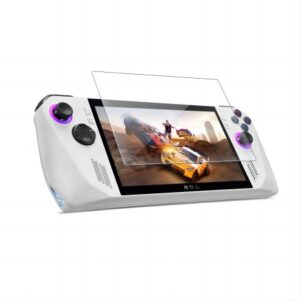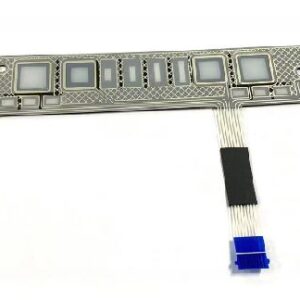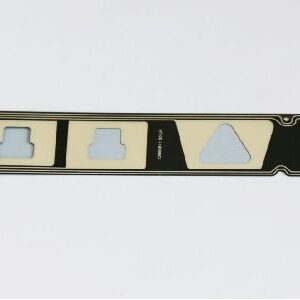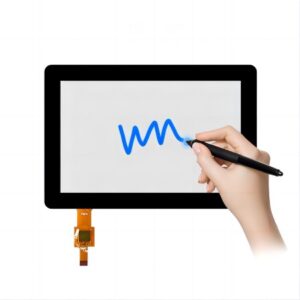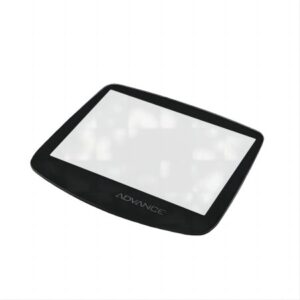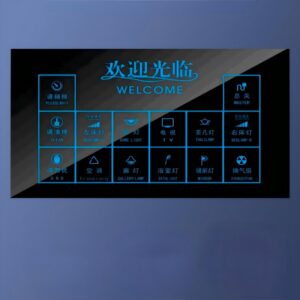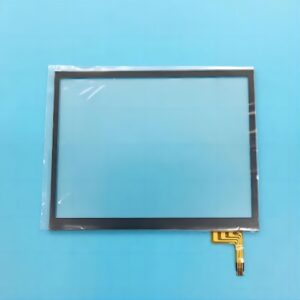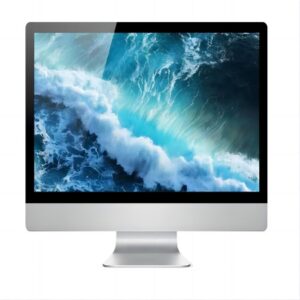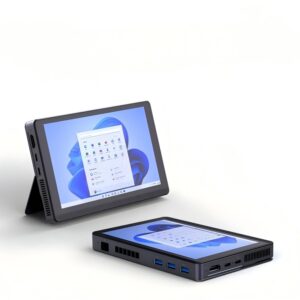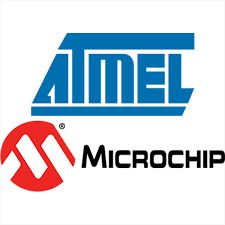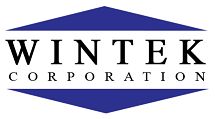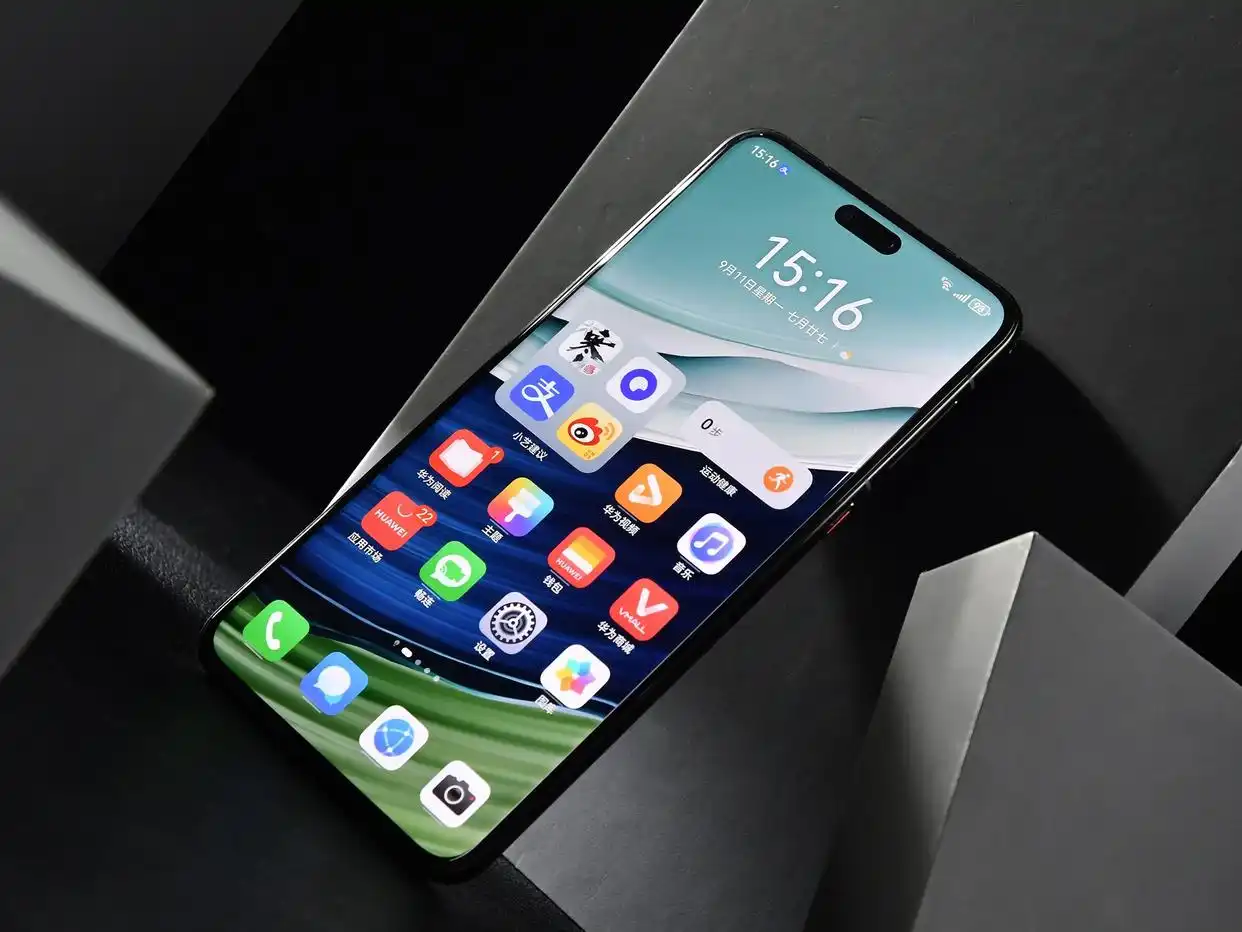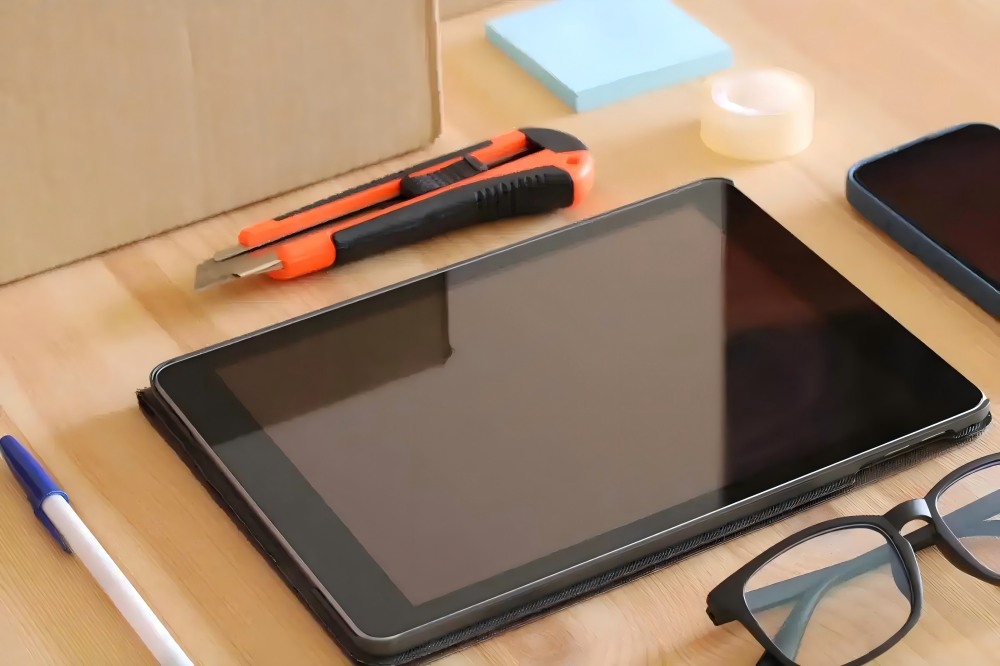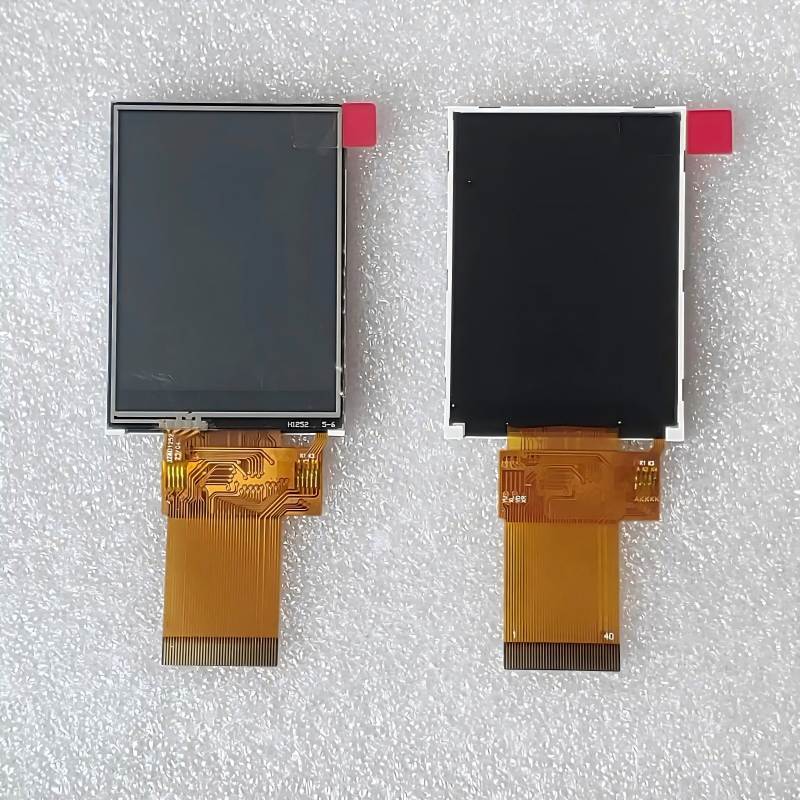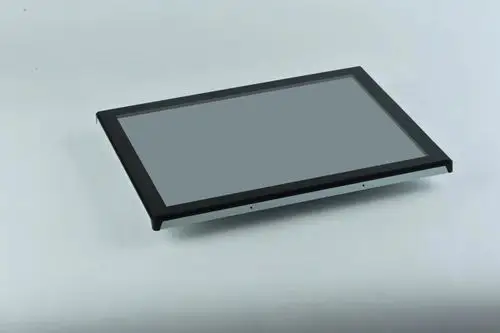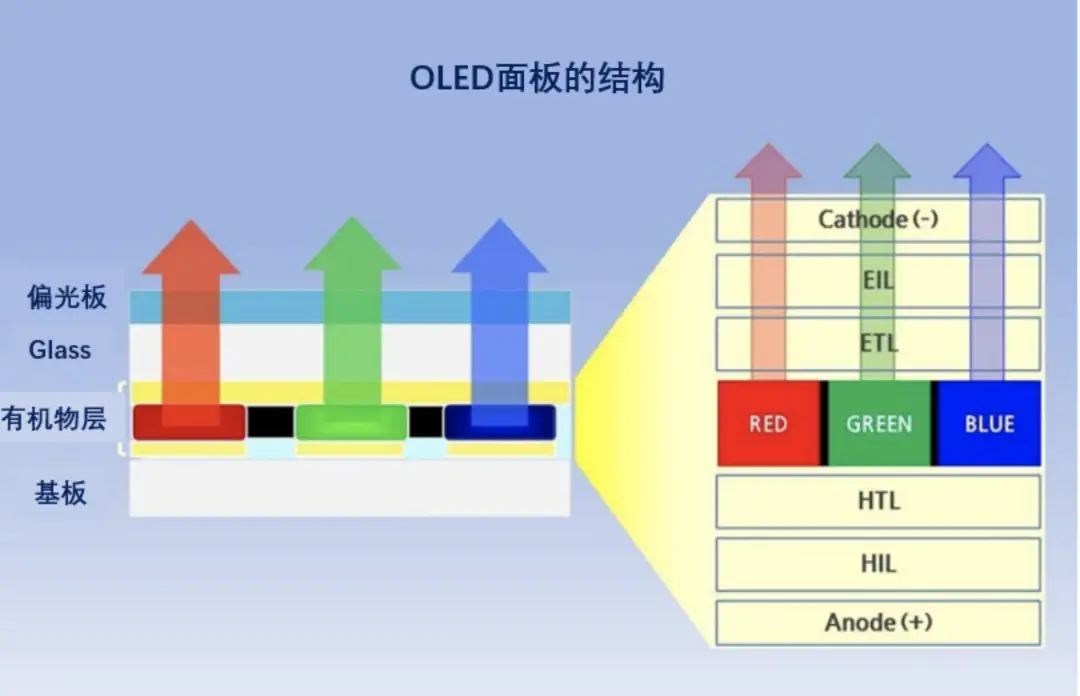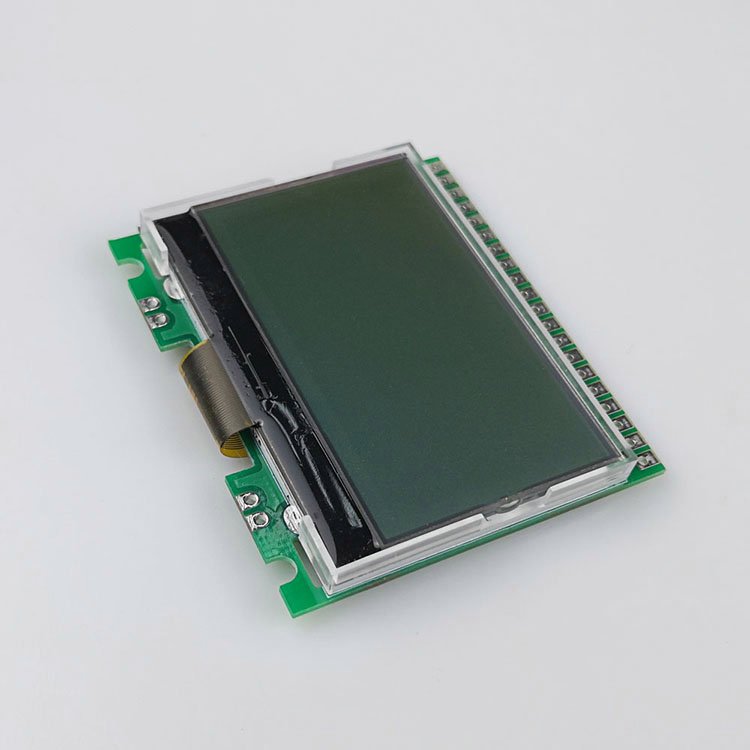Touch Screen Manufacturer
XYT electronic technology Co., Ltd. which was founded in August, 2006,is a high-tech company specialized in designing and producing touch screens(touch panel) . By continuously importing the new equipments and improving the manufacturing technologies, our high quality products have been widely used in communications, industrial controlsm, medical equipments, automobile industry, instrument, instrumentation, fitness equipment, appliances, commercial food, home appliances, sale terminals, alarm and monitoring controllers, information appliance, internet appliance, remote controller, medical device, home appliance, handheld device, toys and military industry etc.
Professional Touch Screen Manufacturer
Get Your Custom Touch Screen Supplier
In today’s technology-driven world, touch screens have become ubiquitous, seamlessly integrating into our daily lives from smartphones and tablets to interactive displays and industrial control systems. However, not every application requires a standardized touch screen solution. This is where custom touch screen manufacturers step in, offering tailored solutions that meet the unique needs and specifications of diverse industries.Here are your custom selections:
Touch Screen Supplier Manufacturing Process
The manufacturing process of touch screens involves several intricate steps that transform raw materials into the interactive displays we use daily. Here’s a comprehensive breakdown of the key stages involved:
1)Glass Preparation:
a. Cutting: Raw glass sheets are cut to the desired size and shape of the touch screen using precise cutting techniques like diamond saws, water jets, or lasers.
b. Edge Finishing: The edges of the cut glass are smoothened and shaped into the desired form, such as chamfers, bevels, or bullnoses, using grinding or polishing techniques.
2)Coating Application:
a. Cleaning: The glass surface is meticulously cleaned to remove any dust, debris, or contaminants that could interfere with the coating process.
b. Anti-Reflective Coating: An anti-reflective coating is applied to the glass to minimize glare and reflections, enhancing display visibility in various lighting conditions.
c. Touch-Sensitive Coating: A touch-sensitive coating, specific to the chosen touch screen technology (resistive, capacitive, etc.), is applied to enable user interaction with the display.
3)Touch Screen Component Assembly:
a. Sensor Placement: Sensors, such as electrodes or infrared emitters, are precisely positioned on the glass according to the touch screen technology being used.
b. Circuitry Integration: Flexible circuitry is carefully integrated onto the glass, connecting the sensors and other electronic components to the touch screen controller.
4)Testing and Quality Control:
a. Functional Testing: The touch screen is rigorously tested to ensure all touch points are accurately registered and responsive to user input.
b. Quality Inspection: The touch screen undergoes thorough visual and performance inspections to identify and rectify any defects or inconsistencies.
5)Final Assembly and Packaging:
a. Display Integration: The touch screen is assembled with the LCD or OLED display panel, creating the complete interactive display unit.
b. Protective Layers: Protective layers, such as scratch-resistant films or tempered glass, are added to safeguard the touch screen from damage.
c. Packaging and Shipping: The assembled touch screen is carefully packaged and prepared for shipment to the device manufacturer or end-user.
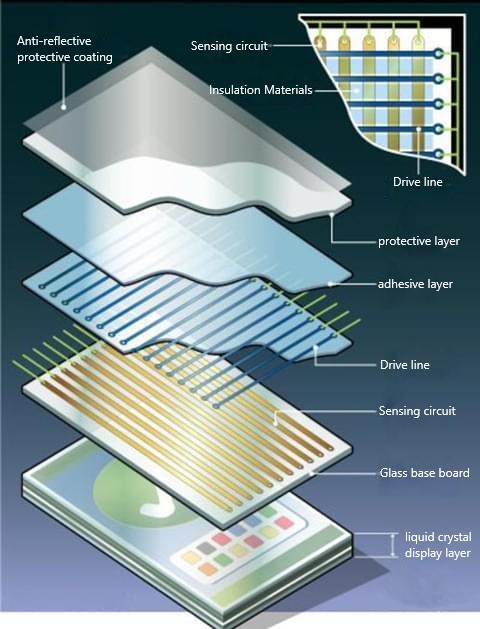
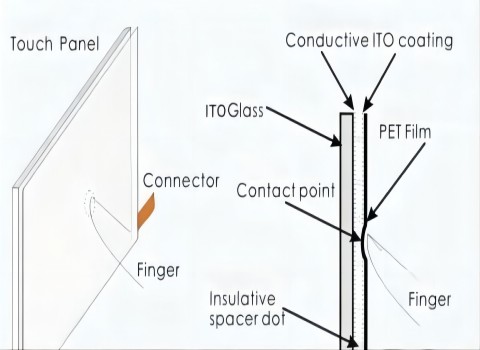
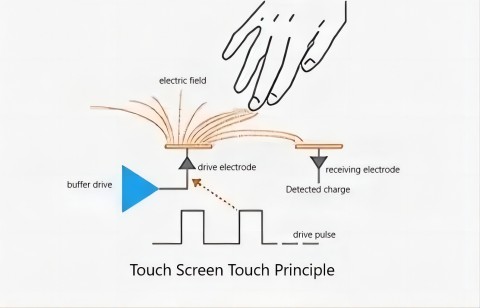
The Diverse Applications of Touch Screens
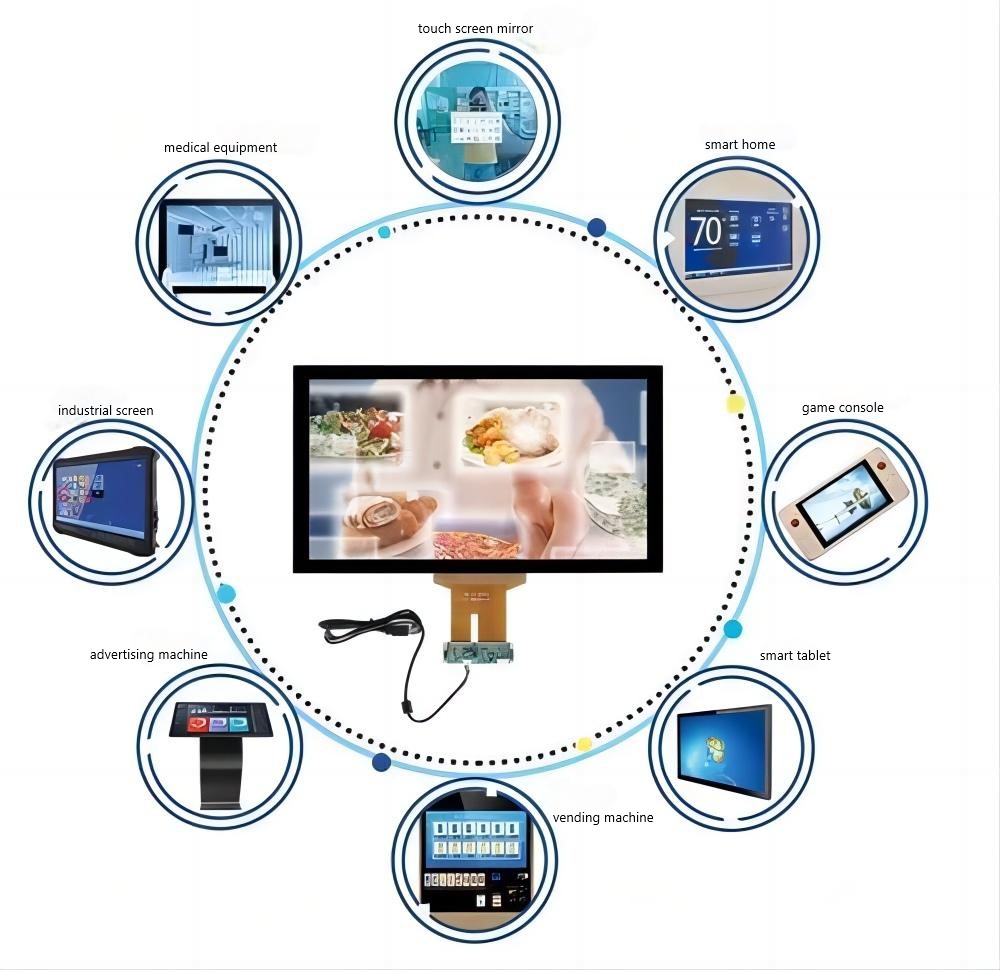
Touch screens have revolutionized the way we interact with technology, becoming ubiquitous in various devices and industries. Their applications are far-reaching and continue to expand, transforming how we access information, communicate, and control our surroundings. Here are some prominent examples of touch screen applications:
1. Smartphones and Tablets
2. Laptops and Desktops
3. Vending Machines and Self-Service Kiosks
4. Automotive Navigation Systems
5. Medical Devices and Industrial Control Systems
6. Smart Home Devices and Appliances
7. Educational and Training Tools
8. Public Information Displays and Wayfinding Systems
9. Gaming Consoles and Arcade Machines
10. Retail and Hospitality Applications
GET A FREE QUOTEWhy Choose Us as Touch Screen Supplier

Commitment to Quality
At the heart of our operations lies an unwavering commitment to quality. We adhere to the strictest quality control standards, employing rigorous testing and inspection procedures throughout the manufacturing process. This dedication ensures that every touch screen we produce meets the highest performance and reliability standards.

Expertise and Experience
Our team of seasoned engineers and technicians possesses unparalleled expertise in touch screen technology. With decades of experience in the industry, we have a deep understanding of the intricacies of touch screen design, manufacturing, and application. This expertise translates into touch screens that are not only functional but also innovative and tailored to your specific needs.

Customization and Flexibility
We recognize that every customer has unique requirements. That’s why we offer a high degree of customization and flexibility in our touch screen solutions. We can work closely with you to understand your specific needs and develop touch screens that perfectly align with your application, design, and performance expectations.

Commitment to Customer Satisfaction
Customer satisfaction is our top priority. We go the extra mile to ensure that every customer has a positive experience with us. Our responsive customer service team is always available to address your inquiries, provide support, and ensure that you are fully satisfied with our touch screen solutions.
What Our Customers Say About Touch Screen Manufacturer
After-Sales Support from Touch Screen Manufacturer
1.Establish a Customer-Centric Approach
Prioritize customer satisfaction by placing their needs at the heart of your after-sales support strategy. Actively listen to customer feedback, gather insights into their pain points, and tailor your support offerings accordingly. Demonstrate empathy and understanding to build trust and rapport with your customers.
2.Provide Prompt and Effective Assistance
Time is of the essence when it comes to technical issues. Implement a streamlined process for handling customer inquiries, ensuring rapid response times and efficient resolution of problems. Utilize multiple support channels, such as phone, email, live chat, and online ticketing systems, to cater to different customer preferences and provide convenient access to support.
3.Empower Your Support Team
Invest in training and development for your after-sales support team. Equip them with the knowledge, skills, and resources they need to effectively troubleshoot technical issues, provide product guidance, and address customer concerns with professionalism and expertise. Encourage continuous learning and stay updated on the latest touch screen technologies and industry trends.
4.Embrace Proactive Communication
Don’t wait for customers to reach out with issues. Proactively communicate with them about product updates, maintenance schedules, and potential problems. Share helpful tips, troubleshooting guides, and FAQs to empower customers to resolve minor issues independently. This proactive approach demonstrates your commitment to their success and builds trust in your brand.
Partner of Touch Screen Manufacturer
Touch Screen and Glass processing FAQs
A: There are several types of touch screen technologies, each with its own advantages and disadvantages. The most common types include:
-
Resistive touch screens: These screens use a layer of flexible material that changes resistance when pressed. This change in resistance is detected by the screen’s controller, which determines the location of the touch. Resistive touch screens are relatively inexpensive and durable, but they are not as sensitive as other types of touch screens.
-
Capacitive touch screens: These screens use a grid of electrodes that detect changes in electrical capacitance when a finger or other object touches the screen. Capacitive touch screens are more sensitive and
-
Infrared touch screens: These screens use a grid of infrared emitters and receivers to detect when a finger or other object interrupts the infrared beams. Infrared touch screens are durable and can be used in harsh environments, but they are not as sensitive as other types of touch screens.
-
Surface acoustic wave touch screens: These screens use a layer of piezoelectric material that generates surface acoustic waves. When a finger or other object touches the screen, the waves are disrupted. This disruption is detected by the screen’s controller, which determines the location of the touch. Surface acoustic wave touch screens are very durable and can withstand heavy use, but they are also the most expensive type of touch screen.
-
Optical imaging touch screens: These screens use a camera to track the movement of a finger or other object on the screen. Optical imaging touch screens are the most sensitive and accurate type of touch screen, but they are also the most expensive.
A: There are many different types of glass processing, but some of the most common include:
-
Cutting: Glass can be cut to size using a variety of methods, including diamond saws, water jets, and lasers.
-
Edge finishing: The edges of glass can be finished to a variety of shapes, including chamfers, bevels, and bullnoses.
-
Drilling: Holes can be drilled in glass for a variety of purposes, such as mounting hardware or passing wires.
-
Tempering: Tempering is a process that heats and cools glass to make it more resistant to breakage.
-
Laminating: Laminating is a process that bonds two or more pieces of glass together, creating a stronger and more durable product.
-
Coating: Glass can be coated with a variety of materials to give it desired properties, such as anti-reflection, scratch resistance, and UV protection.
A: The processing of touch screens and glass depends on the specific type of product being manufactured. However, some general steps include:
-
Cutting the glass: The glass is cut to the desired size and shape.
-
Edge finishing: The edges of the glass are finished to the desired shape.
-
Drilling holes (if necessary): Holes are drilled in the glass for mounting hardware or passing wires.
-
Tempering (if necessary): The glass is tempered to make it more resistant to breakage.
-
Applying coatings (if necessary): The glass is coated with desired coatings.
-
Assembling the touch screen: The touch screen components are assembled onto the glass.
-
Testing the touch screen: The touch screen is tested for functionality and accuracy.
A: Touch screens and glass offer a number of benefits for electronic devices, including:
-
Ease of use: Touch screens are easy to use and intuitive, even for people who are not familiar with technology.
-
Durability: Glass is a durable material that can withstand wear and tear.
-
Aesthetics: Touch screens and glass can give electronic devices a modern and stylish look.
-
Versatility: Touch screens and glass can be used in a wide variety of electronic devices, including smartphones, tablets, laptops, and vending machines.
A: Despite their benefits, touch screens and glass present certain challenges in electronic devices:
-
Cost: Touch screens and glass can be more expensive than other materials used in electronic devices, potentially increasing production costs.
-
Scratch Resistance: Touch screens and glass can be susceptible to scratches if not handled carefully, requiring protective measures or coatings.
-
Weight: Glass can add weight to electronic devices, especially larger ones, potentially affecting portability.
-
Impact Resistance: While tempered glass is more resistant to breakage, it can still crack or shatter upon significant impact.

